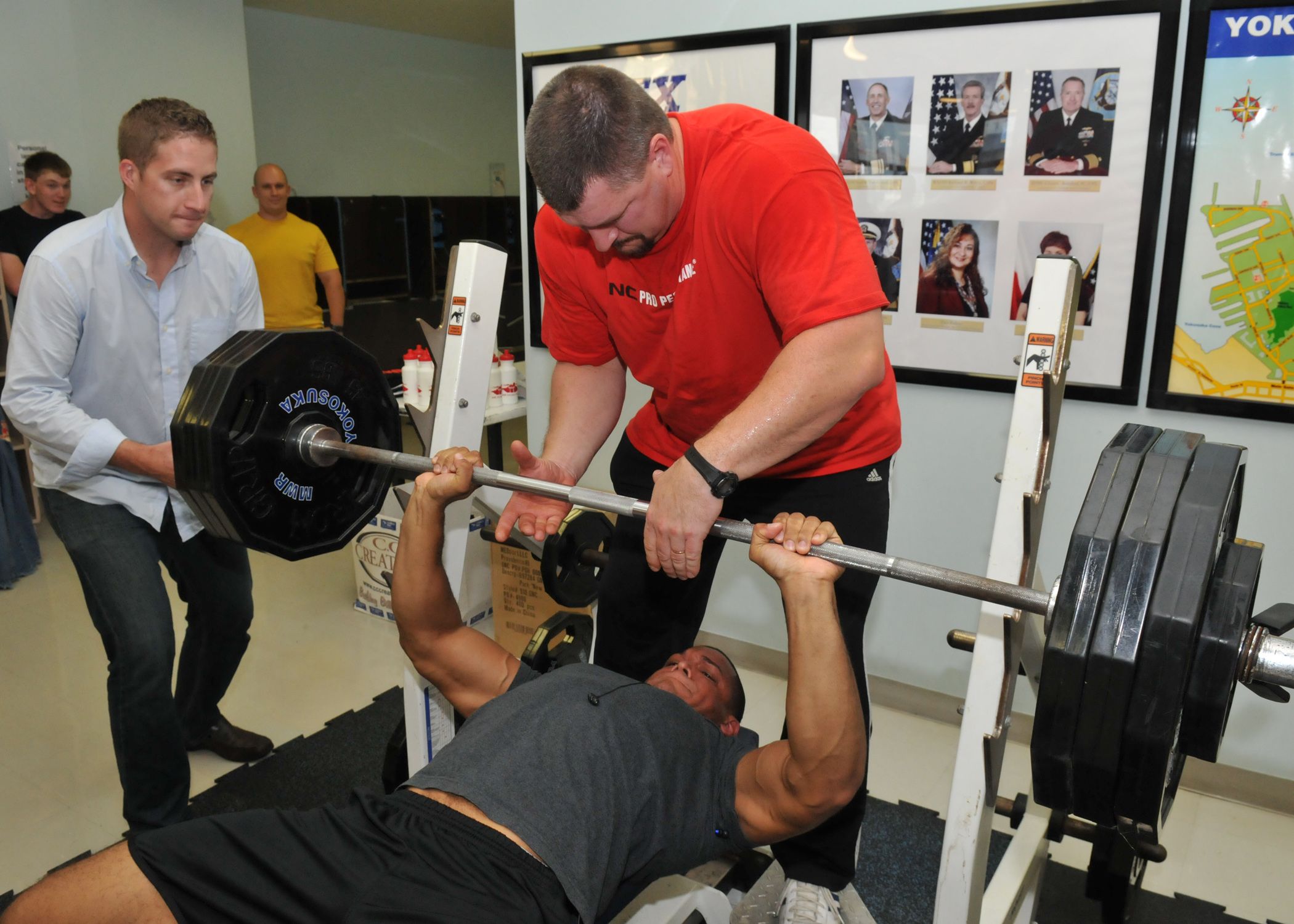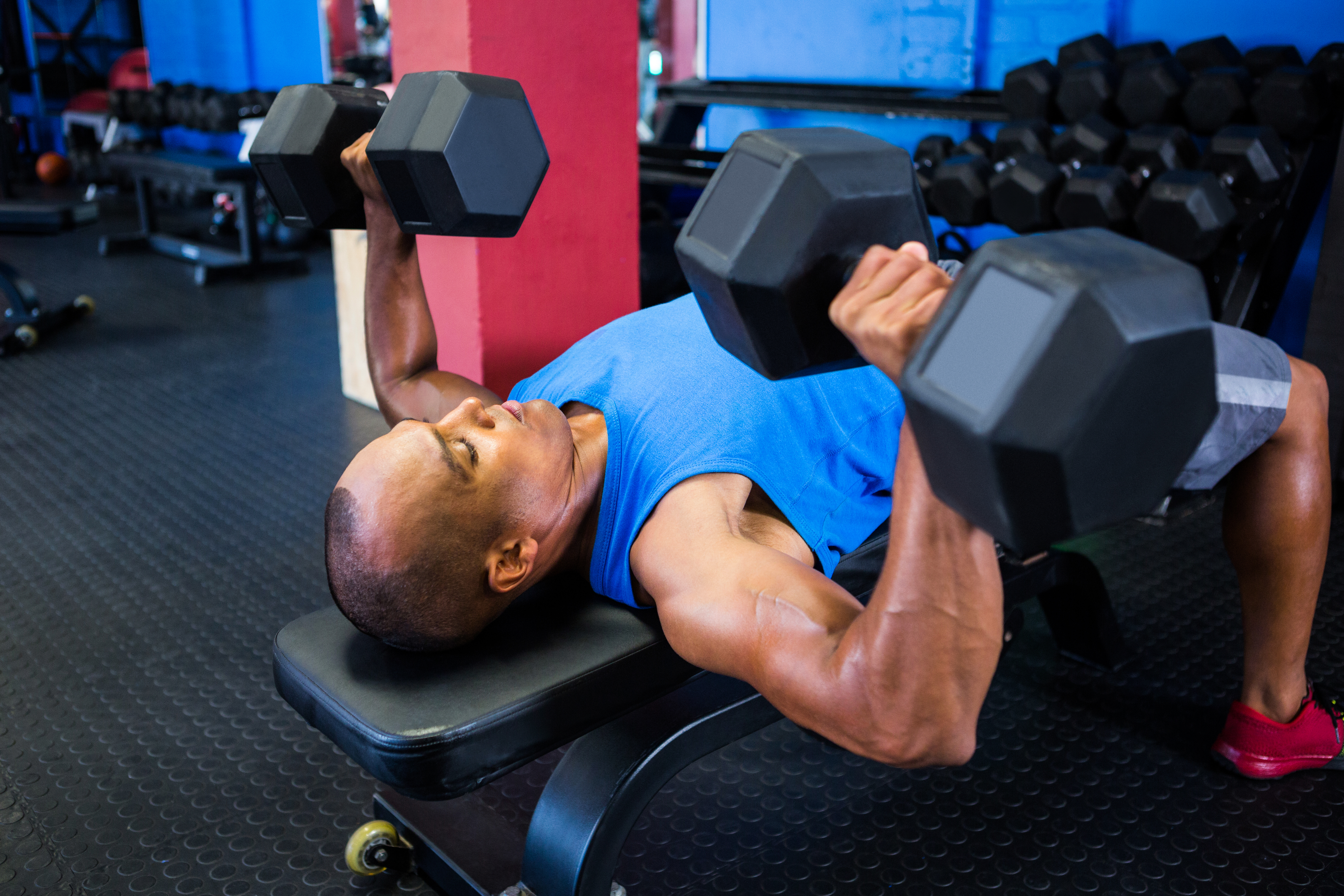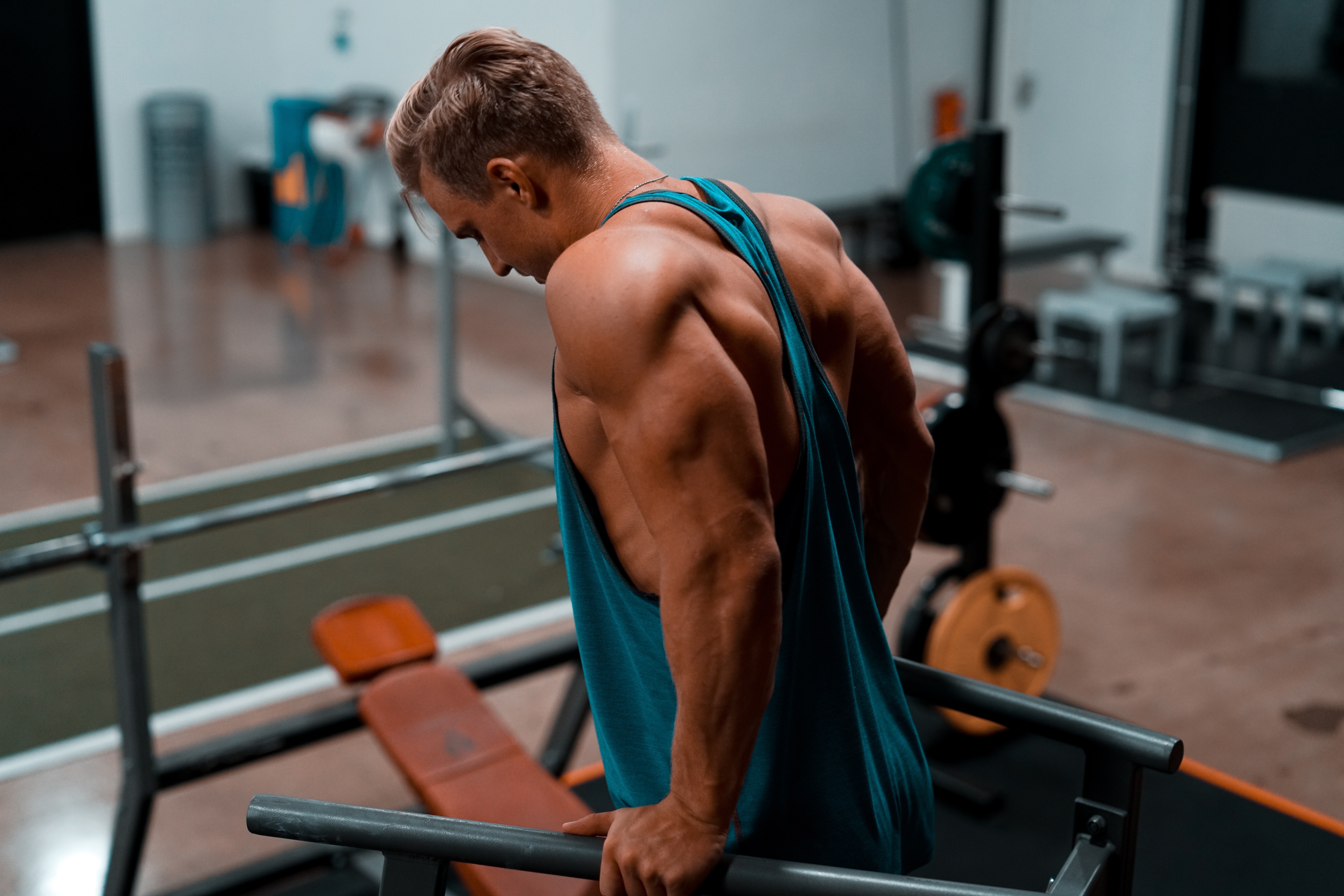Pecs are probably the most popular muscle group for the majority of gym members
There’s a reason why Monday is International Chest Day on a vast number of workout programmes.
The Bench Press is the staple lift when it comes to pressing strength, but there are arguably better chest builders.
Why not the Bench Press?
The bench is a terrific exercise – it’s great for developing raw strength and is tested in powerlifting and team sports as a result.
But if you want the biggest possible pecs, there are a few downsides. The bar path being one. When you bring the barbell down to your chest, the fact it’s a straight, horizontal bar means it can go no further than that final position on your chest.
This limits the stretch you can place on the muscle fibres of the chest – so for growth purposes only, other lifts should be performed too.
The best chest exercises away from the Bench
With that in mind, these are some of the best pec-building lifts you can perform aside from the Bench Press.
Dumbbell Press
While the Dumbbell Press won’t provide as much raw strength potential as the barbell Bench Press, dumbbells allow a much better contraction of the pec muscles.
They allow you a greater range of motion, where tension is maintained on the muscle beyond the point it would cease on the bench press.
- Begin with the dumbbells adjacent to your chest
- Press the weight in a controlled manner, bringing the dumbbells in towards each other at the top
- A common misconception is that the dumbbells have to touch at the top
- Avoid locking out at the elbows, this will take tension off the pecs
Low Pulley Cable Crossover
When looking to build your upper chest, what would you normally opt for? Incline Bench Press? This can activate your upper chest, but an arguably better choice is the Low Pulley Cable Crossover.
Many people include Cable Crossovers in their chest routine, but typically the high or mid pulley versions. The low pulley option warrants a place in your chest workout because it places a great emphasis on the clavicular (beneath the collarbone/clavicle) portion of the pec.
Below is a good demonstration from Tiger Fitness’ Marc Lobliner:
Here are the form tips in writing:
- Stand right in the middle of two cable stations, with pulleys set to the lowest rung
- Grip the handles with palms up
- Keep a slight bend in the elbows
- Bring your hands up and inwards, to the point they are level with your chain
- Focus on squeezing through your upper chest throughout the movement
Weighted Dips
This may surprise you, but Dips are essentially the same movement as the Bench Press – just in reverse. In the same way that the Bench Press works the chest, front delts (shoulders) and triceps in a pressing motion, so does the Dip.
What sets the Tricep Dip apart, however, is that it’s generally less stressful on your shoulder joint than benching with a bar. You also don’t need a spot when you’re performing a Dip, whereas it’s quite unsafe to bench unaided.
- Grip the dip bars with hands parallel to your hips
- Begin with your arms straightened
- Bend at the arms allowing your elbows to flare out slightly
- Lower your torso as far as is comfortable, feeling the stretch through your chest and triceps
- Push back up and repeat
- Add weight with a dipping belt when you can easily perform 25 bodyweight reps
Your leg positioning alters which muscle groups come into play on this one. The further forward your foot positioning, the more chest you’ll activate. When you shift your weight backwards by crossing your legs behind you, the triceps instead take most of the stress.
Read more:












































